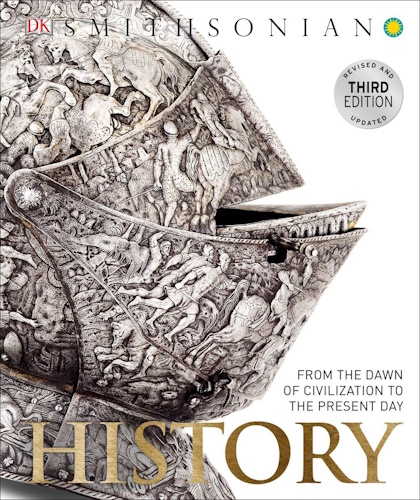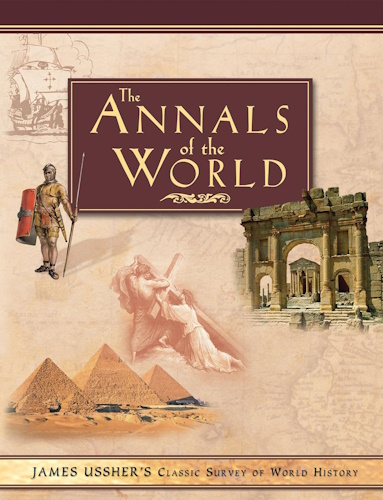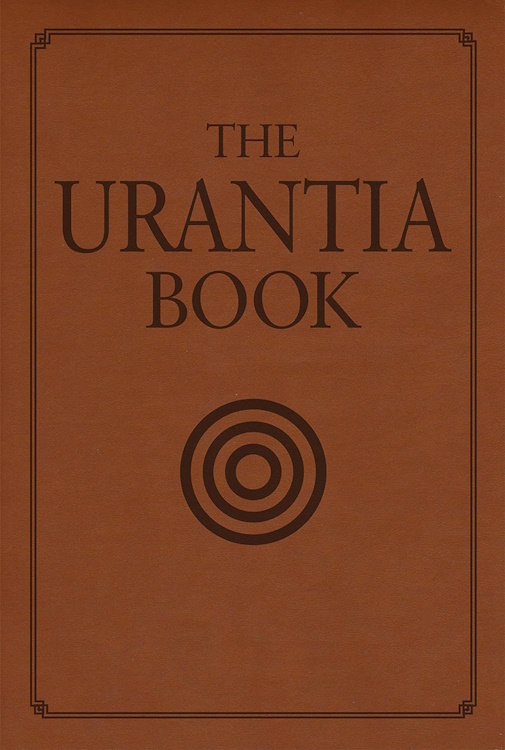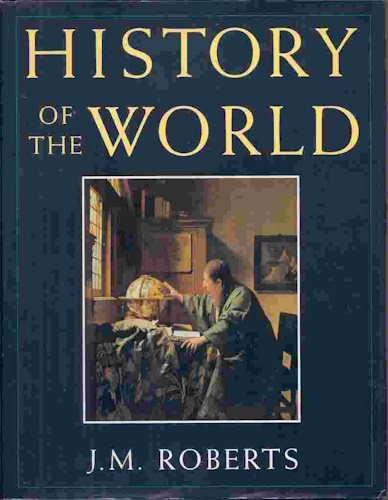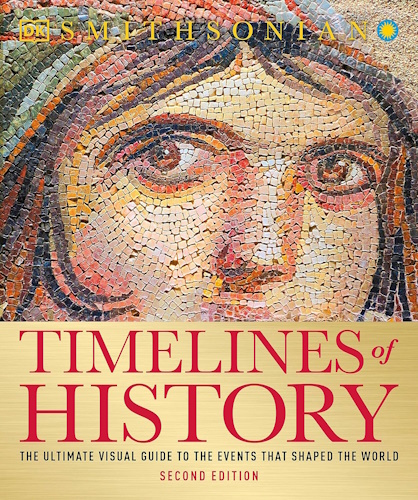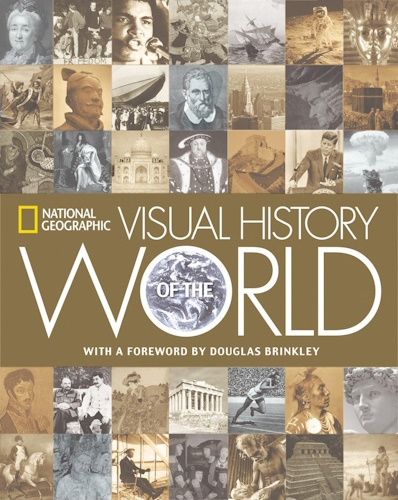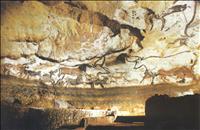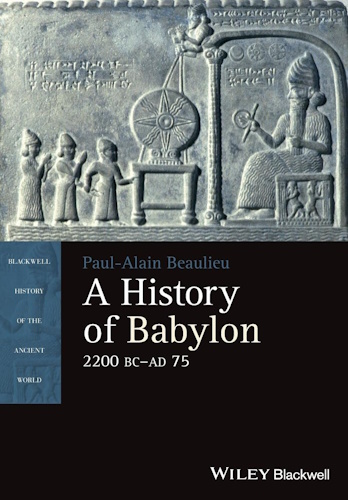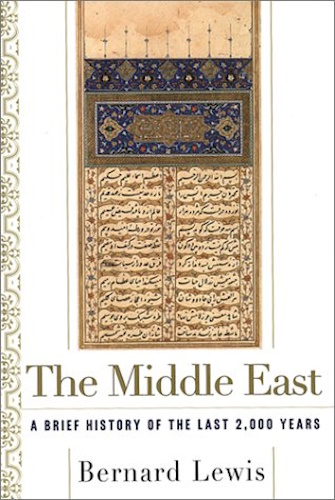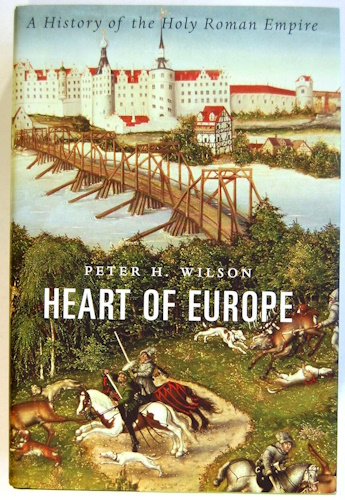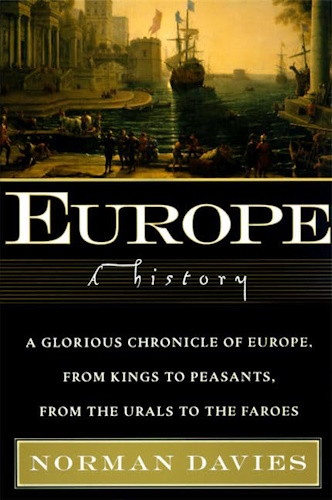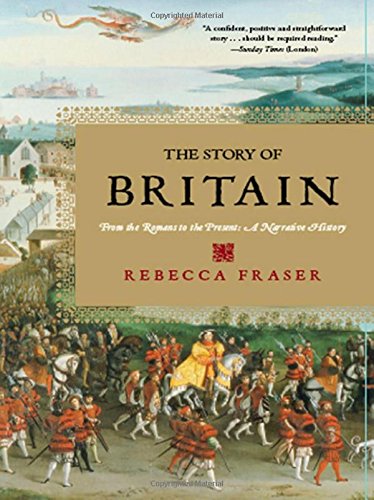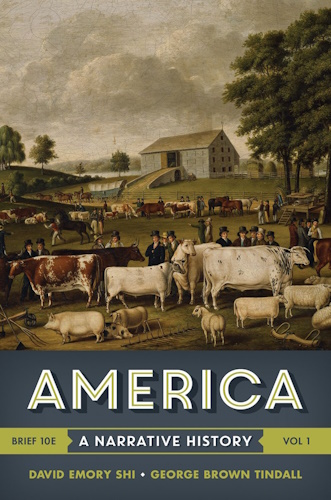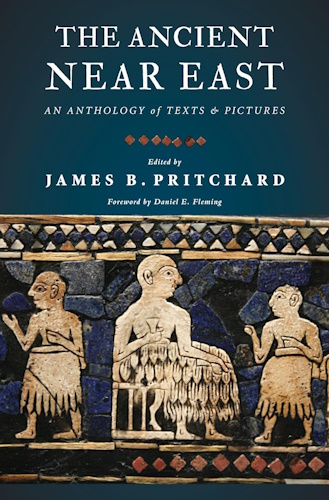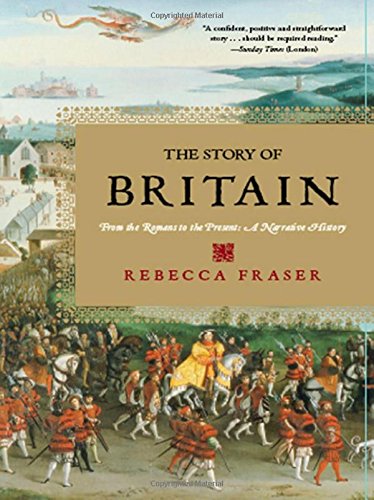
history (his·to·ry) - noun, plural his·to·ries.
1. the branch of knowledge dealing with past events.
TABLE OF CONTENTS
-
- Pre-history
- Annals of Earth by Dan Sewell Ward
- Painted Caves of Lascaux
- Pre-history
-
- American History
- Before Independence
- Revolution and Founding
- The Declaration of Independence - 1776 -
- Articles of Confederation - 1777 -
- The Forgotten Presidents of the Continental Congresses and the United States under the Articles of Confederation
- Constitution For The United States: Its Sources and Its Application
- by Thomas James Norton. The best Constitution learning tool I've ever come across!! Published before the beginning of the "Socializing of America" in 1933, this online Edition presents the text of the Constitution one phrase at a time, immediately followed by the history and reasons for the inclusion of that particular phrase in the Constitution, with reference links to other pertinent data contained elsewhere in the text.. - The Signer's -- Biographies
Here's a complete group of all the signer's of the Declaration of Independence and the Constitution. No jumping from page to page. Each biography complete with pictures pops out in its own sub-window and stays until you close it. - The United States Civil Flag
Take a minute and look at what has been slowly removed from history and our memory! Does anyone out there remember being taught about our Union States' Peacetime Flag?? - Constitution of the United States
This edition of the Constitution, the service conract with our Federal and Municipal subcontractors, is just the text of Articles I - VII. Don't miss the pop-out biographies of the Signer's with pictures of their statues and map at Signer's Hall. - The Law by Claude Frédéric Bastiat
- The "Civil War" Era
- World Wars
- Military-Industrial-Complex
- Social and Economic Transformation
-
Whence & Pence - Table of Contents
-America from its Founding to its Unbounding in twelve parts by Douglas V. Gnazzo. -
New Order Of Barbarians
- Lecture given by Dr. Richard Day (who died in 1989). At the time, Dr. Day was Professor of Pediatrics at Mount Sinai Medical School in New York. Previously he had served as Medical Director of Planned Parenthood Federation of America. WARNING - This material is disturbing and has NOTHING to do with pediatrics or medicine! -
Report From Iron Mountain: On The Possibility And Desirability of Peace
- Early in August of 1963, he said, he found a message on his desk that a "Mrs. Potts" had called him from Washington. When he returned the call, a MAN answered immediately, and told Doe, among other things, that he had been selected to serve on a commission "of the highest importance." Its objective was to determine, accurately and realistically, the nature of the problems that would confront the United States if and when a condition of "permanent peace" should arrive, and to draft a program for dealing with this contingency. The man described the unique procedures that were to govern the commission's work and that were expected to extend its scope far beyond that of any previous examination of these problems. -
Communism's 45 Goals
- Congressional Record—Appendix, pp. A34-A35 Current Communist Goals EXTENSION OF REMARKS OF HON. A. S. HERLONG, JR. OF FLORIDA IN THE HOUSE OF REPRESENTATIVES Thursday, January 10, 1963
-
Whence & Pence - Table of Contents
- Administration Infiltration
- Who Is Running America?
- Otto Skorzeny's Deathbed Confessions -
by Don Nicoloff -- From the April 2007 Idaho Observer - The Hidden Tyranny -- The Rosenthal Document
-
Things Christians Need To Know About Jews, Judaism and Zionism
- by Lt. Col. Gordon "Jack" Mohr, AUS RET. - What World Famous Men Said About The Jews
- Benjamin H. Freedman knew what he was talking about because he had been an insider at the highest levels of Jewish organizations and Jewish machinations to gain power over our nation. Mr. Freedman was personally acquainted with Bernard Baruch, Samuel Untermyer, Woodrow Wilson, Franklin Roosevelt, Joseph Kennedy, and John F. Kennedy, and many more movers and shakers of our times.
-
Benjamin Freedman Speaks on Zionism
- 1961 speech at the Willard Hotel - Benjamin Freedman's 1974 Speech in Washington
- Zionism - The Hidden Tyranny by Benjamin H. Freedman
- Facts Are Facts by Benjamin H. Freedman
- The Truth About Khazars by Benjamin H. Freedman
-
Benjamin Freedman Speaks on Zionism

- American History
-
- European History – Europe can be divided into seven geographic regions: Scandinavia (Iceland, Norway, Sweden, Finland, and Denmark); the British Isles (the United Kingdom and Ireland); W Europe (France, Belgium, the Netherlands, Luxembourg, and Monaco); S Europe (Portugal, Spain, Andorra, Italy, Malta, San Marino, and Vatican City); Central Europe (Germany, Switzerland, Liechtenstein, Austria, Poland, the Czech Republic, Slovakia, and Hungary); SE Europe (Slovenia, Croatia, Bosnia and Herzegovina, Serbia, Montenegro, Albania, Macedonia, Romania, Bulgaria, Greece, and the European part of Turkey); and E Europe (Estonia, Latvia, Lithuania, Belarus, Ukraine, Moldova, the European portion of Russia, and by convention the Transcaucasian countries of Georgia, Armenia, and Azerbaijan).
- Merovingians They Are Not
- The Aldobrandini, Lucifer and Its Servants
- Uhtred the Bold - The Real Uhtred of Bebbanburgh
- History of France 100 B.C. - 1180 A.D.
- The Merovingian Mythos, and its Roots in the Ancient Kingdom of Atlantis
- The Thirteenth Tribe by Arthur Koestler
- Genesis Of The Grail Kings - Lecture by Laurence Gardner
- Bloodline Of The Holy Grail - Lecture by Laurence Gardner
- Monarchy: The Primordial Form of Government, and its Basis in the "Lord of the Earth" Concept
- The Biological Basis of Elitism and..."The Divine Right" Rule
- In Defense of Kingship and Divine Right
- The British Chronicles by David Hughes
- Atlantis (Excellent Read! Research of people migrations is impressive.~gba)
- The Picts
- The Holy Grail and The Grail-Kings
- The Anglo Saxon Bretwaldas
- The Viking Age
- The Old English Royal House
- The Conqueror and His Successors
- Cutting of the Elm
- Alternate European Histories
- Appendices to The Irish Origins of Civilization by Michael Tsarion
- Druidic Symbolism in Masonry and Judeo-Christianity
- Recent Discoveries Confirming the Irish Origins of Civilization
- The Minoan Civilization of Crete
- Conor MacDari
- Comyns Beaumont and the Keys to World History
- L. A. Waddell
- Symbolism of the Serpent
- The Trees of Life
- The Rape of Tara - Hill of Kings
- Light, Magic, Masonry
- The Work of Kersey Graves
- Forgery In Christianity
- Atonism and the Cult of Mithras
- The Goddess Minerva and Symbolism
- The Evolution Hoax
- The Secret Founding of America
- Etymology: Key to the Past
- Appendices to The Irish Origins of Civilization by Michael Tsarion
- European History – Europe can be divided into seven geographic regions: Scandinavia (Iceland, Norway, Sweden, Finland, and Denmark); the British Isles (the United Kingdom and Ireland); W Europe (France, Belgium, the Netherlands, Luxembourg, and Monaco); S Europe (Portugal, Spain, Andorra, Italy, Malta, San Marino, and Vatican City); Central Europe (Germany, Switzerland, Liechtenstein, Austria, Poland, the Czech Republic, Slovakia, and Hungary); SE Europe (Slovenia, Croatia, Bosnia and Herzegovina, Serbia, Montenegro, Albania, Macedonia, Romania, Bulgaria, Greece, and the European part of Turkey); and E Europe (Estonia, Latvia, Lithuania, Belarus, Ukraine, Moldova, the European portion of Russia, and by convention the Transcaucasian countries of Georgia, Armenia, and Azerbaijan).
-
- Middle East History – the area from Libya east to Afghanistan, usually including Egypt, Sudan, Israel, Jordan, Lebanon, Syria, Turkey, Iraq, Iran, Saudi Arabia, and the other countries of the Arabian peninsula.
- The Uruk List of Kings and Sages and Late Mesopotamian Scholarship
- Anunnaki Time Line by Zecharia Sitchin
- Anu - Supreme Monarch of the Mesopotamian Gods
- Nammu - Mother of all Sumerian Gods
- Code of Ur-Nammu
- Chronology of Babylonia and Assyria
- Table of Sumerian Deities
- Ancient Near East (Babylonia) Glossary and Texts
- Ancient Sumeria - Nimrod's Story
- History And The New Testament
- a laymans research confirms The Urantia Book's revelations concerning the date of Jesus' birth and the date of the Star of Bethlehem - Israel - The Jewel-Box of the World
- The Vengeance of the Jews Was Stronger Than Their Avarice:
Modern Historians and the Persian Conquest of Jerusalem in 614 by Elliott Horowitz
- Middle East History – the area from Libya east to Afghanistan, usually including Egypt, Sudan, Israel, Jordan, Lebanon, Syria, Turkey, Iraq, Iran, Saudi Arabia, and the other countries of the Arabian peninsula.
-
- Myth – Ancient legendary stories of heros and gods usually providing a moral antidote. In the academic fields of mythology, mythography, or folkloristics, a myth is a sacred story concerning the origins of the world or how the world and the creatures in it came to be in their present form. The active beings in myths are generally gods and heroes. Myths often are said to take place before recorded history begins. In saying that a myth is a sacred narrative, what is meant is that a myth is believed to be true by people who attach religious or spiritual significance to it. Use of the term by scholars does not imply that the narrative is either true or false. It should be known that myths have historical basis.
- Geoffrey of Monmouth - History of the Kings of Britian
- Bulfinch's Mythology
- Atlantis (Excellent Read! Research of people migrations is impressive.~gba)
- Statue of Zeus at Olympia by Phidias
- Nemesis - Follow The History Of The Word
- The Story of Lilith
- The Lilith Myth
- Lilith: From Demoness to Dark Goddess
- Myth – Ancient legendary stories of heros and gods usually providing a moral antidote. In the academic fields of mythology, mythography, or folkloristics, a myth is a sacred story concerning the origins of the world or how the world and the creatures in it came to be in their present form. The active beings in myths are generally gods and heroes. Myths often are said to take place before recorded history begins. In saying that a myth is a sacred narrative, what is meant is that a myth is believed to be true by people who attach religious or spiritual significance to it. Use of the term by scholars does not imply that the narrative is either true or false. It should be known that myths have historical basis.
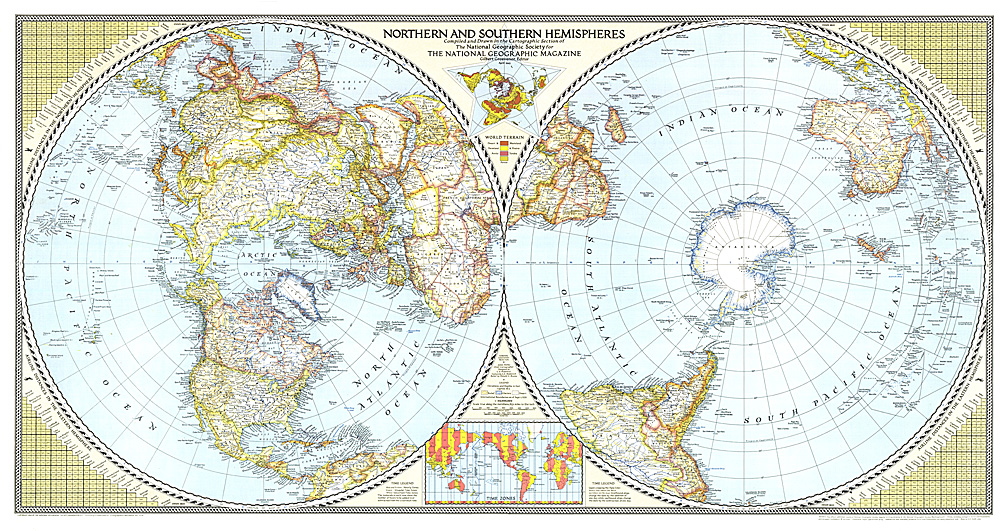
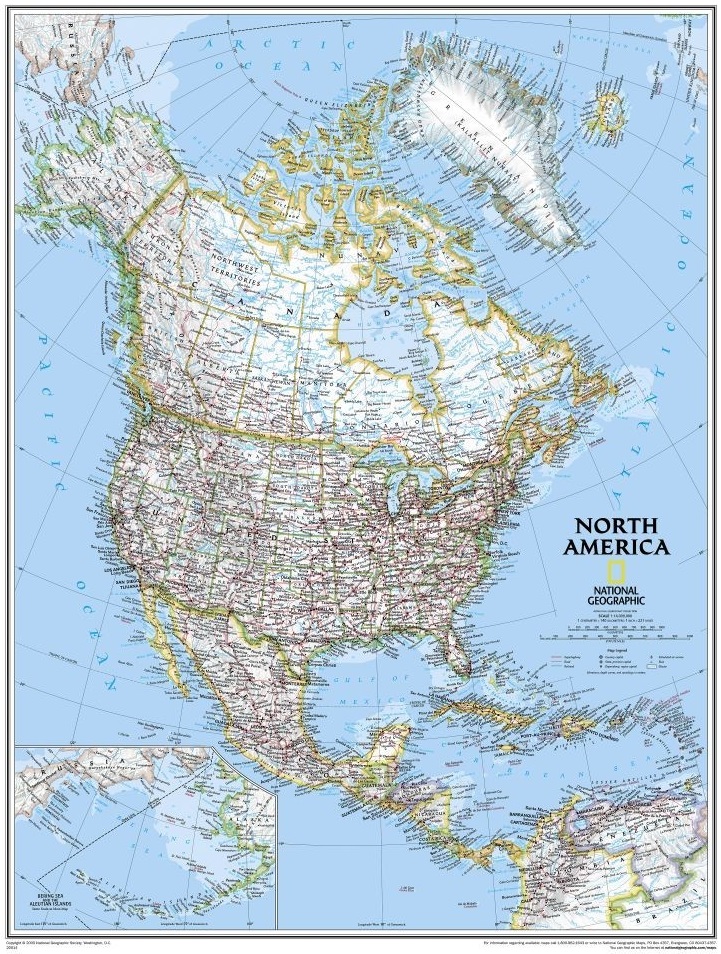
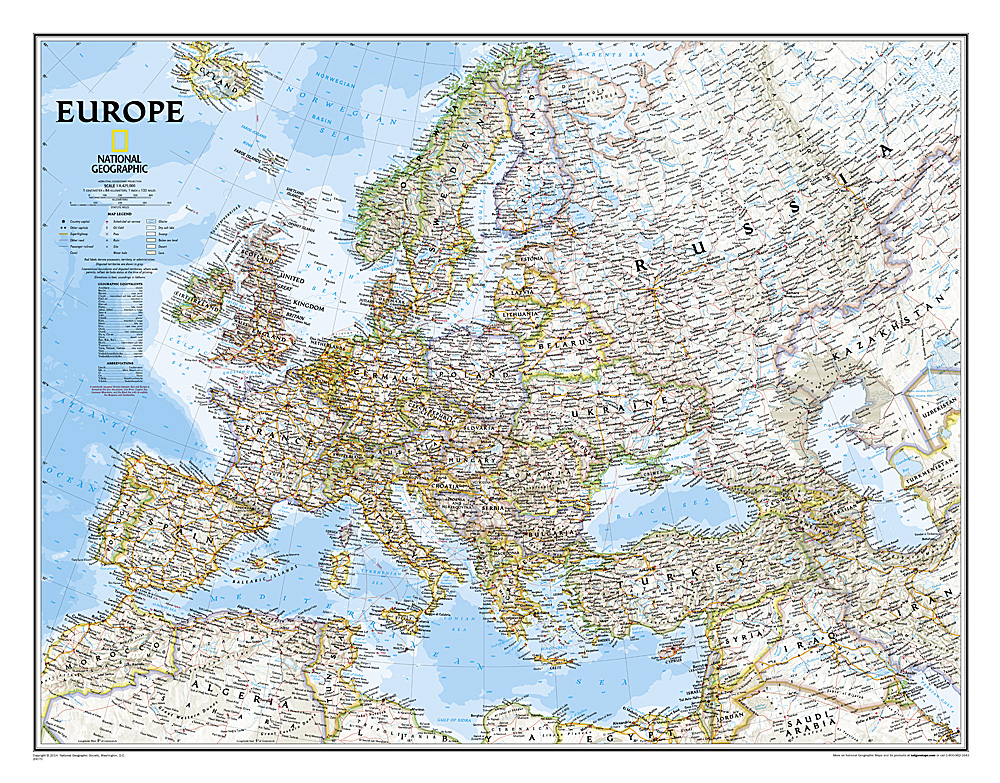
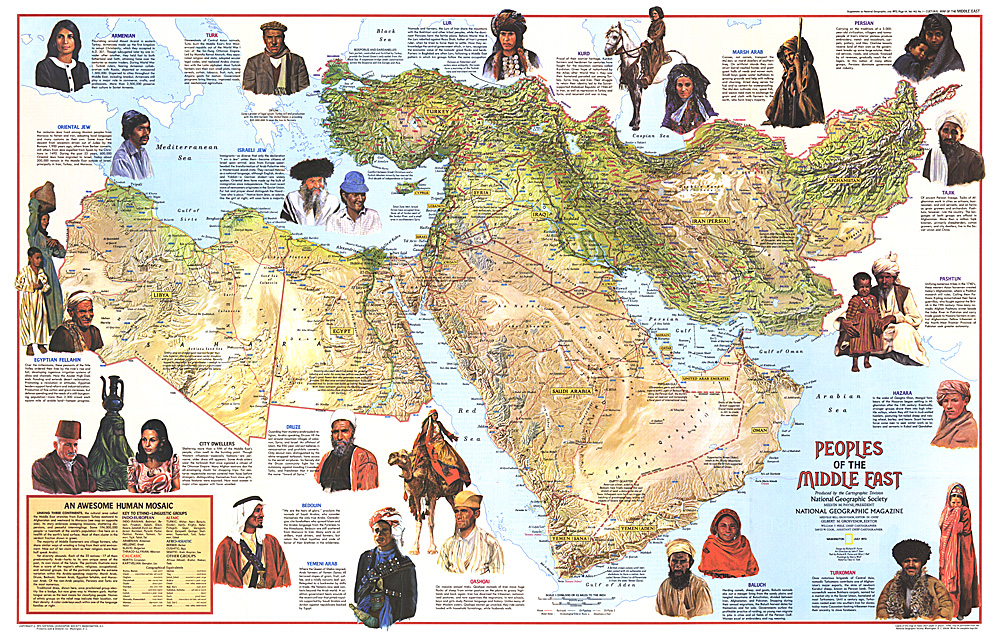
- Articles and Other Expounding
![]()
![]()
Disclaimer:
Some material presented will contain links, quotes, ideologies, etc., the contents of which should be understood to first, in their whole, reflect the views or opinions of their editors, and second, are used in my personal research as "fair use" sources only, and not espousement one way or the other. Researching for 'truth' leads one all over the place...a piece here, a piece there. As a researcher, I hunt, gather and disassemble resources, trying to put all the pieces into a coherent and logical whole. I encourage you to do the same. And please remember, these pages are only my effort to collect all the pieces I can find and see if they properly fit into the 'reality aggregate'.
Personal Position:
I've come to realize that 'truth' boils down to what we 'believe' the facts we've gathered point to. We only 'know' what we've 'experienced' firsthand. Everything else - what we read, what we watch, what we hear - is what someone else's gathered facts point to and 'they' 'believe' is 'truth', so that 'truth' seems to change in direct proportion to newly gathered facts divided by applied plausibility. Though I believe there is 'truth', until someone representing the celestial realm visibly appears and presents the heavenly records of Facts And Lies In The Order They Happened, I can't know for sure exactly what "the whole truth' on any given subject is, and what applies to me applies to everyone. Until then I'll continue to ask, "what does The Urantia Book say on the subject?"
~Gail Bird Allen
![]()
![]()
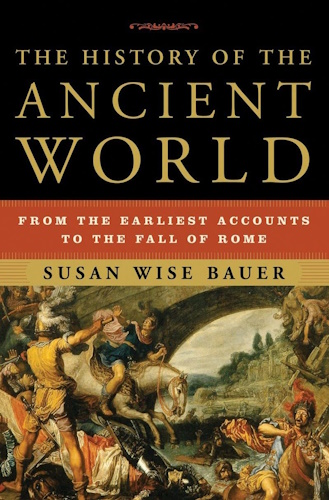
The History of the Ancient World: From the Earliest Accounts to the Fall of Rome
Review: From Publishers Weekly
Bauer (author of the four-volume The Story of the World: History for the Classical Child) guides readers on a fast-paced yet thorough tour of the ancient worlds of Sumer, Egypt, India, China, Greece, Mesopotamia and Rome. Drawing on epics, legal texts, private letters and court histories, she introduces individuals who lived through the famines, plagues, floods, wars and empire building of the ancient world: the marvelous array of characters includes Gilgamesh, Sumer's first epic hero; Yü, the founder of the Xia dynasty in China; and Tiglath-Pileser III, who restored the Assyrian empire's fortunes. Because Bauer covers so much time and territory, she focuses on the Western cultures with which she seems most comfortable; the chapters on Asia and India are the least developed. In addition, some of her assertions—for instance, that the biblical book of Joshua is the clearest guide we possess to the establishment of an Israelite kingdom in Canaan—contradict general scholarly opinion or are simply wrong. However, Bauer's elegant prose and her command of much of the material makes this a wonderful starting point for the study of the ancient world. 80 maps. Copyright © Reed Business Information, a division of Reed Elsevier Inc. All rights reserved. Hardcover: 800 pages
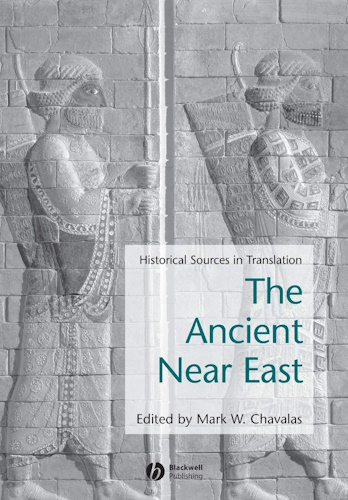
Ancient Near East: Historical Sources in Translation (Blackwell Sourcebooks in Ancient History)
Review:
A Choice Outstanding Academic Title for 2007
"Blackwell has rendered an excellent service to the study of the Ancient Near East by undergraduates – and, indeed, to those of the general public with anything more than superficial interest in the subject ... Chavalas provides a solid textual basis for a better understanding of this area."
"Mark W. Chavalas has gathered an excellent ensemble of scholars and doctoral candidates to edit and translate representative historical texts from the major cultures of the ancient Near East into English ... Students and non-specialists who are embarking on the study of the ancient Near East would do well to consult The Ancient Near East for a quick reference to Near Eastern historical documents."
"An invaluable reference for most academic and large public libraries."
"An extremely full selection of texts of historical import and an invaluable resource for college and university teaching. The extensive commentaries make it accessible for anyone interested in investigating the manner in which the peoples of the ancient Near East represented their past."
"Chavalas has assembled a sterling cast of translators. The historical introductions bristle with insights and the book gives us 'history from above' in the best sense."
"Mark Chavalas has gathered an impressive international group of scholars, who offer a judicious sampling of texts from Mesopotamia and related ancient Near Eastern cultures. The texts are carefully translated and liberally provided with illuminating introductions and commentary. In all, a volume that should become a prized resource for students and scholars alike."
"A welcome and affordable anthology in English and the editor and the contributors deserve our thanks for their efforts. It is extremely readable, the translations are admirably put into context and by and large excellent."
"This much-needed, well-done primary sourcebook … is a must for anyone teaching the history of the ancient Near East."
Product Description:
This book presents new translations of Mesopotamian and ancient Near Eastern historiographic texts, providing the reader with the primary sources for the history of the ancient Near East.
 A primary source book presenting new translations of Mesopotamian and ancient Near Eastern
A primary source book presenting new translations of Mesopotamian and ancient Near Eastern
historiographic texts, and other related materials. Helps readers to understand the historical context of the Near East.
Helps readers to understand the historical context of the Near East. Covers the period from the earliest historical and literary texts (c.2700 B.C.) to the latest
Covers the period from the earliest historical and literary texts (c.2700 B.C.) to the latest
Hellenistic historians who comment on ancient Near Eastern history (c.250 B.C.) Texts range from the code of Hammurabi to the Assyrian royal inscriptions.
Texts range from the code of Hammurabi to the Assyrian royal inscriptions. A detailed commentary is provided on each text, placing it in its historical and cultural context.
A detailed commentary is provided on each text, placing it in its historical and cultural context. Maps, illustrations and a chronological table help to orientate the reader.
Maps, illustrations and a chronological table help to orientate the reader.
-
Urantia Book, 44:0.11 - The Celestial Artisans
Never in your long ascendancy will you lose the power to recognize your associates of former existences. Always, as you ascend inward in the scale of life, will you retain the ability to recognize and fraternize with the fellow beings of your previous and lower levels of experience. Each new translation or resurrection will add one more group of spirit beings to your vision range without in the least depriving you of the ability to recognize your friends and fellows of former estates.
-
Princess Bride 1987 Wallace Shawn (Vizzini) and Mandy Patinkin (Inigo Montoya)
Vizzini: HE DIDN'T FALL? INCONCEIVABLE.
Inigo Montoya: You keep using that word. I do not think it means what you think it means. -
Urantia Book, 117:4.14 - The Finite God
And here is mystery: The more closely man approaches God through love, the greater the reality -- actuality -- of that man. The more man withdraws from God, the more nearly he approaches nonreality -- cessation of existence. When man consecrates his will to the doing of the Father's will, when man gives God all that he has, then does God make that man more than he is.
-
Urantia Book, 167:7.4 - The Talk About Angels
"And do you not remember that I said to you once before that, if you had your spiritual eyes anointed, you would then see the heavens opened and behold the angels of God ascending and descending? It is by the ministry of the angels that one world may be kept in touch with other worlds, for have I not repeatedly told you that I have other sheep not of this fold?"
-
Urantia Book, Foreword - 0:12.12 - The Trinities
But we know that there dwells within the human mind a fragment of God, and that there sojourns with the human soul the Spirit of Truth; and we further know that these spirit forces conspire to enable material man to grasp the reality of spiritual values and to comprehend the philosophy of universe meanings. But even more certainly we know that these spirits of the Divine Presence are able to assist man in the spiritual appropriation of all truth contributory to the enhancement of the ever-progressing reality of personal religious experience—God-consciousness.
-
Urantia Book, 1:4.3 - The Mystery Of God
When you are through down here, when your course has been run in temporary form on earth, when your trial trip in the flesh is finished, when the dust that composes the mortal tabernacle "returns to the earth whence it came"; then, it is revealed, the indwelling "Spirit shall return to God who gave it." There sojourns within each moral being of this planet a fragment of God, a part and parcel of divinity. It is not yet yours by right of possession, but it is designedly intended to be one with you if you survive the mortal existence.
-
Urantia Book, 1:4.1 - The Mystery Of God
And the greatest of all the unfathomable mysteries of God is the phenomenon of the divine indwelling of mortal minds. The manner in which the Universal Father sojourns with the creatures of time is the most profound of all universe mysteries; the divine presence in the mind of man is the mystery of mysteries.
-
Urantia Book, 1:4.6 - The Mystery Of God
To every spirit being and to every mortal creature in every sphere and on every world of the universe of universes, the Universal Father reveals all of his gracious and divine self that can be discerned or comprehended by such spirit beings and by such mortal creatures. God is no respecter of persons, either spiritual or material. The divine presence which any child of the universe enjoys at any given moment is limited only by the capacity of such a creature to receive and to discern the spirit actualities of the supermaterial world.
-
Urantia Book, 11:0.1 - The Eternal Isle Of Paradise
Paradise is the eternal center of the universe of universes and the abiding place of the Universal Father, the Eternal Son, the Infinite Spirit, and their divine co-ordinates and associates. This central Isle is the most gigantic organized body of cosmic reality in all the master universe. Paradise is a material sphere as well as a spiritual abode. All of the intelligent creation of the Universal Father is domiciled on material abodes; hence must the absolute controlling center also be material, literal. And again it should be reiterated that spirit things and spiritual beings are real.
-
Urantia Book, 50:6.4 - Planetary Culture
Culture presupposes quality of mind; culture cannot be enhanced unless mind is elevated. Superior intellect will seek a noble culture and find some way to attain such a goal. Inferior minds will spurn the highest culture even when presented to them ready-made.
-
Urantia Book, 54:1.6 - True And False Liberty
True liberty is the associate of genuine self-respect; false liberty is the consort of self-admiration. True liberty is the fruit of self-control; false liberty, the assumption of self-assertion. Self-control leads to altruistic service; self-admiration tends towards the exploitation of others for the selfish aggrandizement of such a mistaken individual as is willing to sacrifice righteous attainment for the sake of possessing unjust power over his fellow beings.
-
Urantia Book, 54:1.9 - True And False Liberty
How dare the self-willed creature encroach upon the rights of his fellows in the name of personal liberty when the Supreme Rulers of the universe stand back in merciful respect for these prerogatives of will and potentials of personality! No being, in the exercise of his supposed personal liberty, has a right to deprive any other being of those privileges of existence conferred by the Creators and duly respected by all their loyal associates, subordinates, and subjects.
-
Urantia Book, 54:1.8 - True And False Liberty
There is no error greater than that species of self-deception which leads intelligent beings to crave the exercise of power over other beings for the purpose of depriving these persons of their natural liberties. The golden rule of human fairness cries out against all such fraud, unfairness, selfishness, and unrighteousness.
